
Antibiotic Resistance: A Growing Threat in Microbiology
Antibiotic resistance is a rising concern in microbiology. Uncover how bacteria outsmart our medicines and what it means for health.

Antibiotic resistance is a rising concern in microbiology. Uncover how bacteria outsmart our medicines and what it means for health.
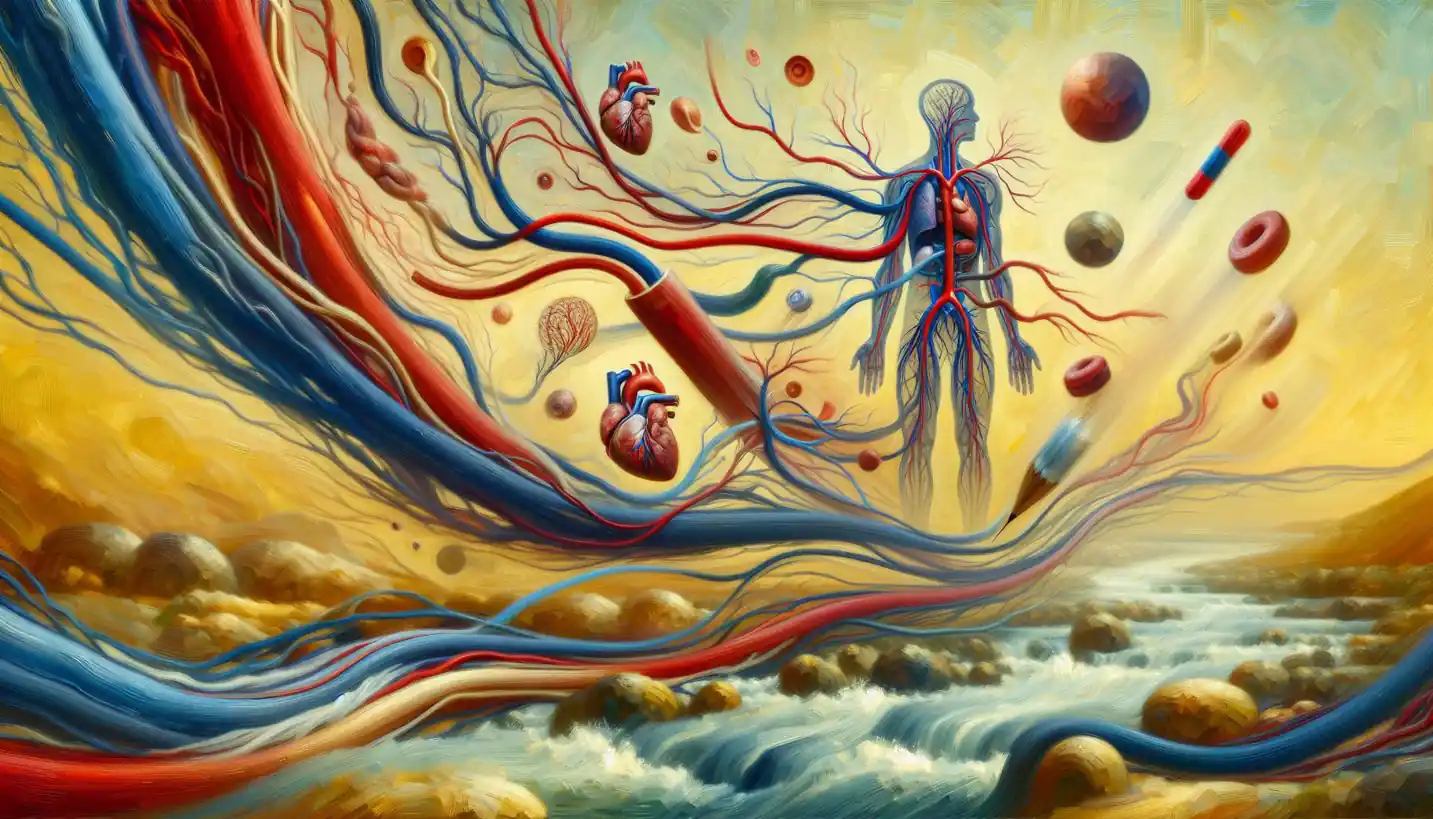
Symbiotic relationships are fascinating partnerships between different species. Dive into the world of cooperation and see how these relationships shape ecosystems.
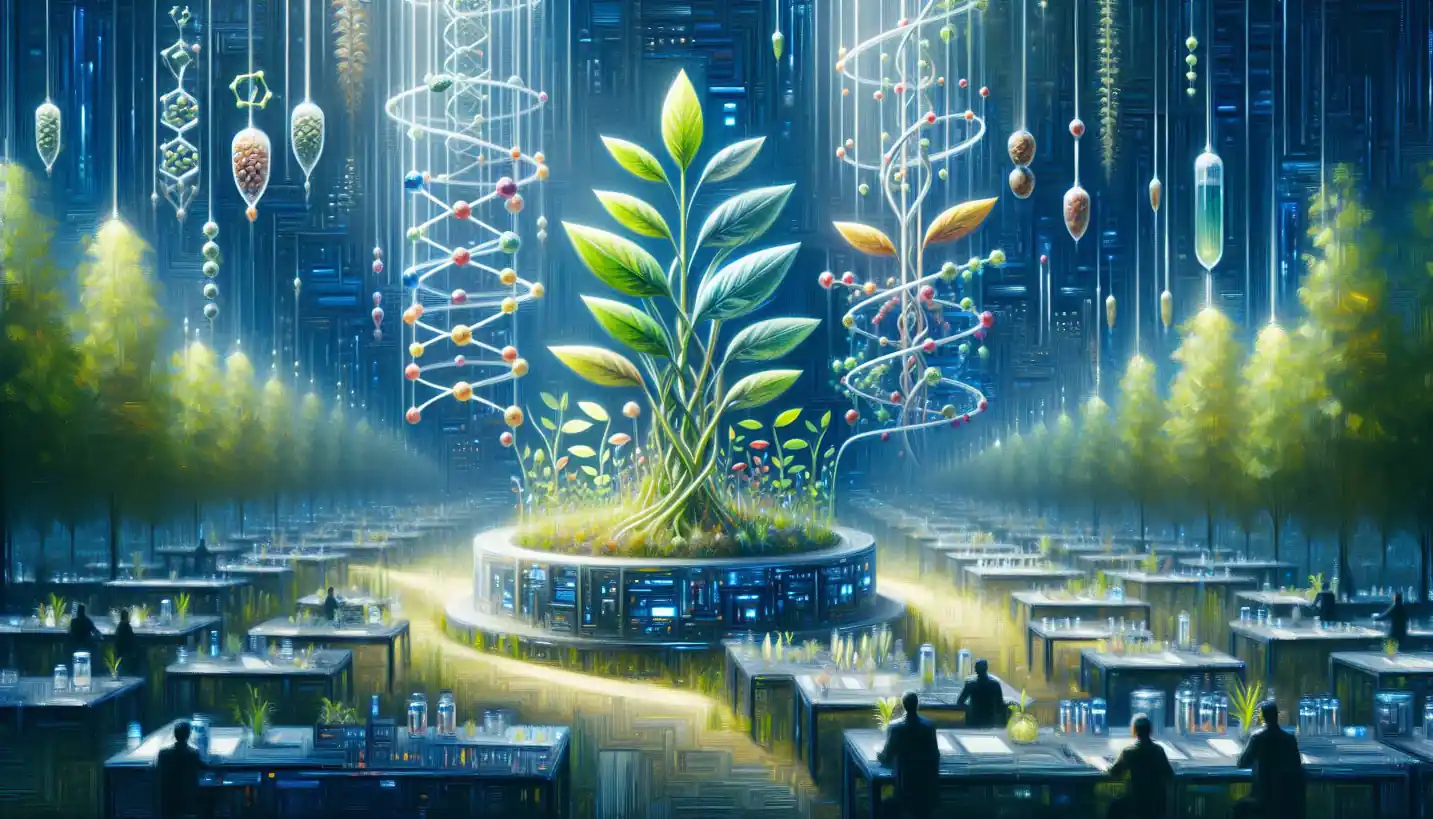
The endoplasmic reticulum is the cell’s workhorse for protein folding. Learn about its vital functions in cellular health and metabolism.
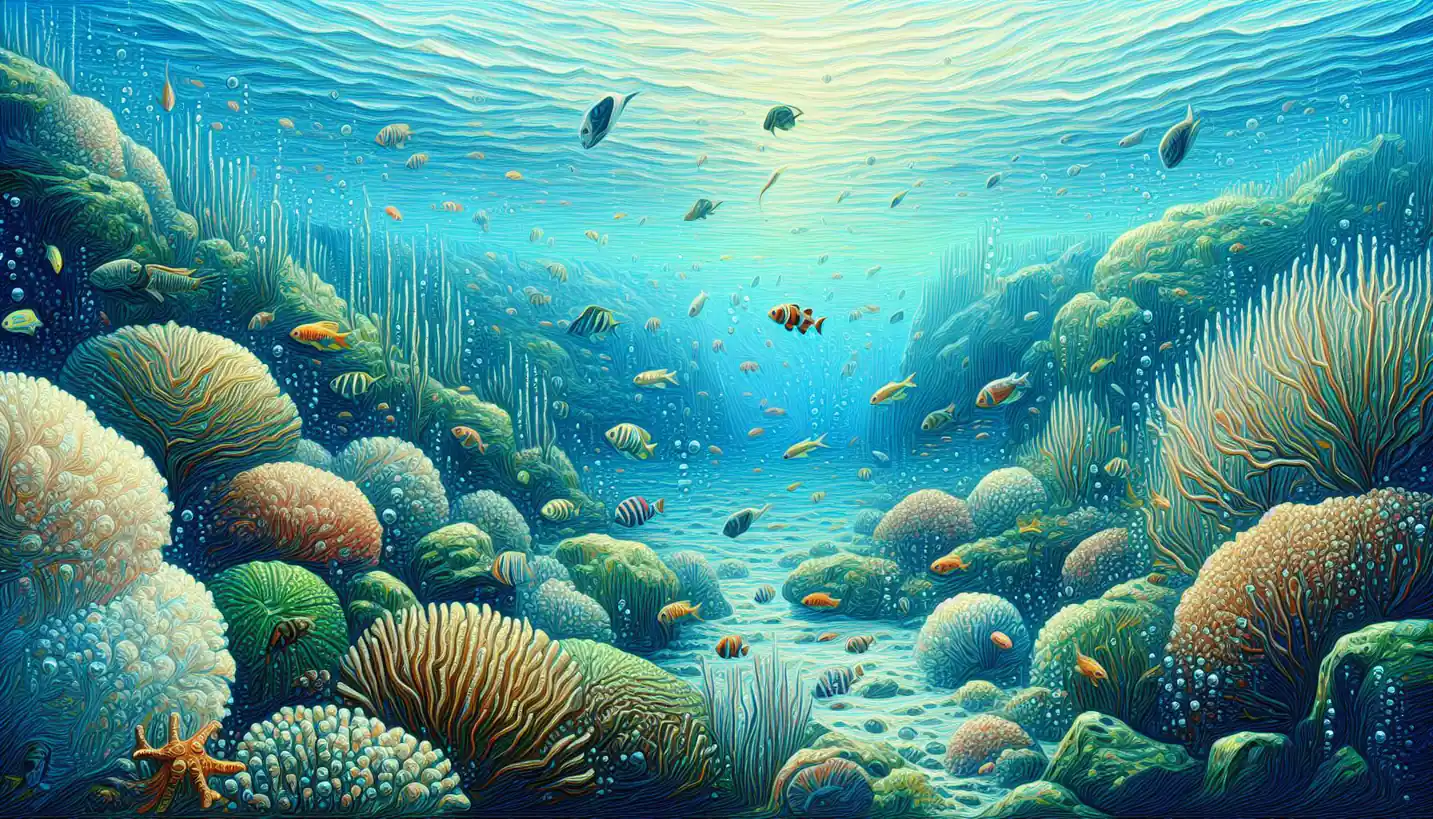
Biotic factors involve interactions among living organisms in an ecosystem. Explore how these relationships impact communities and ecological balance.
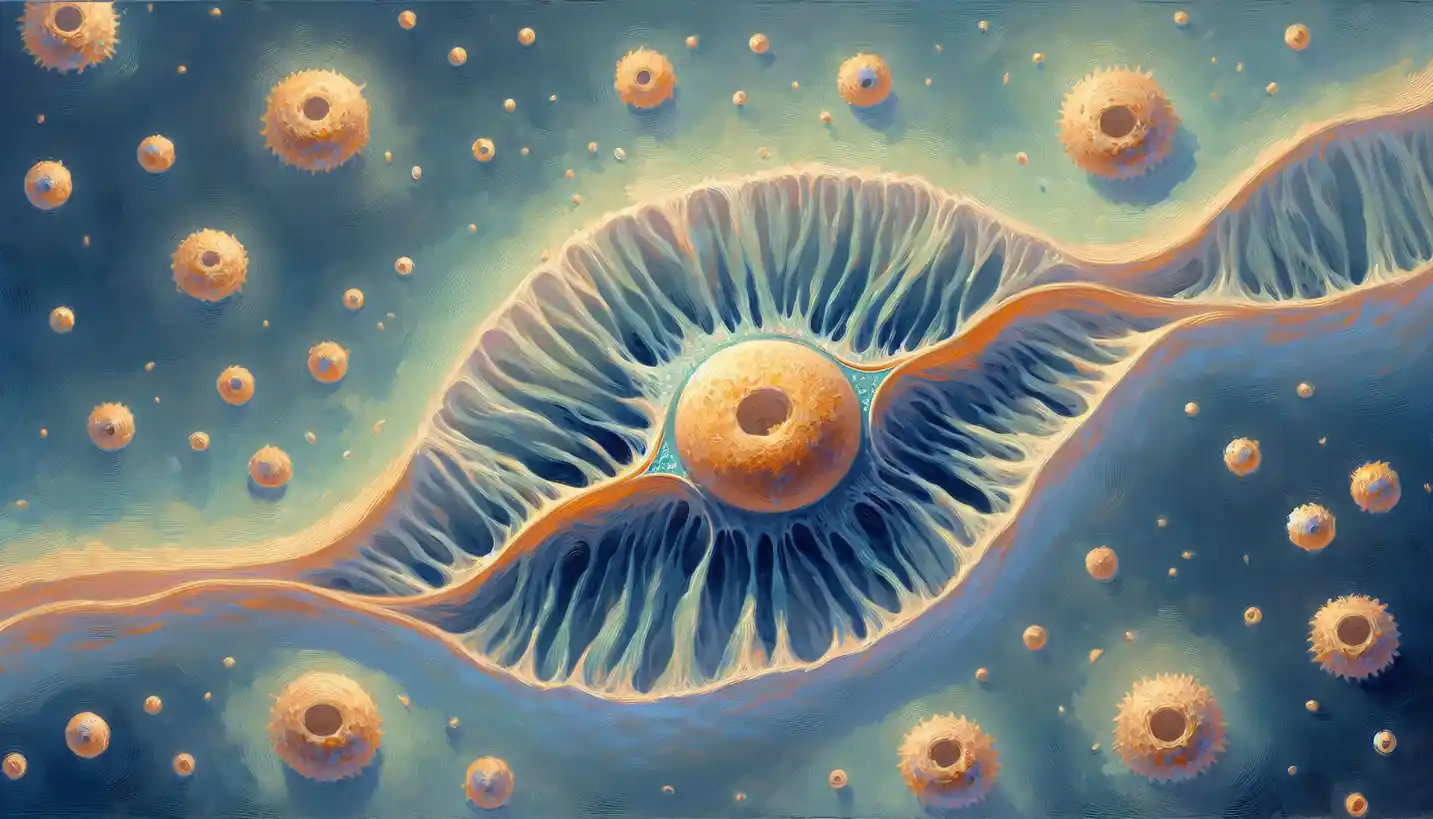
Planktonic organisms, the ocean's tiny drifters, are crucial for marine life. Discover how these minuscule creatures support the mighty seas and their ecosystems.
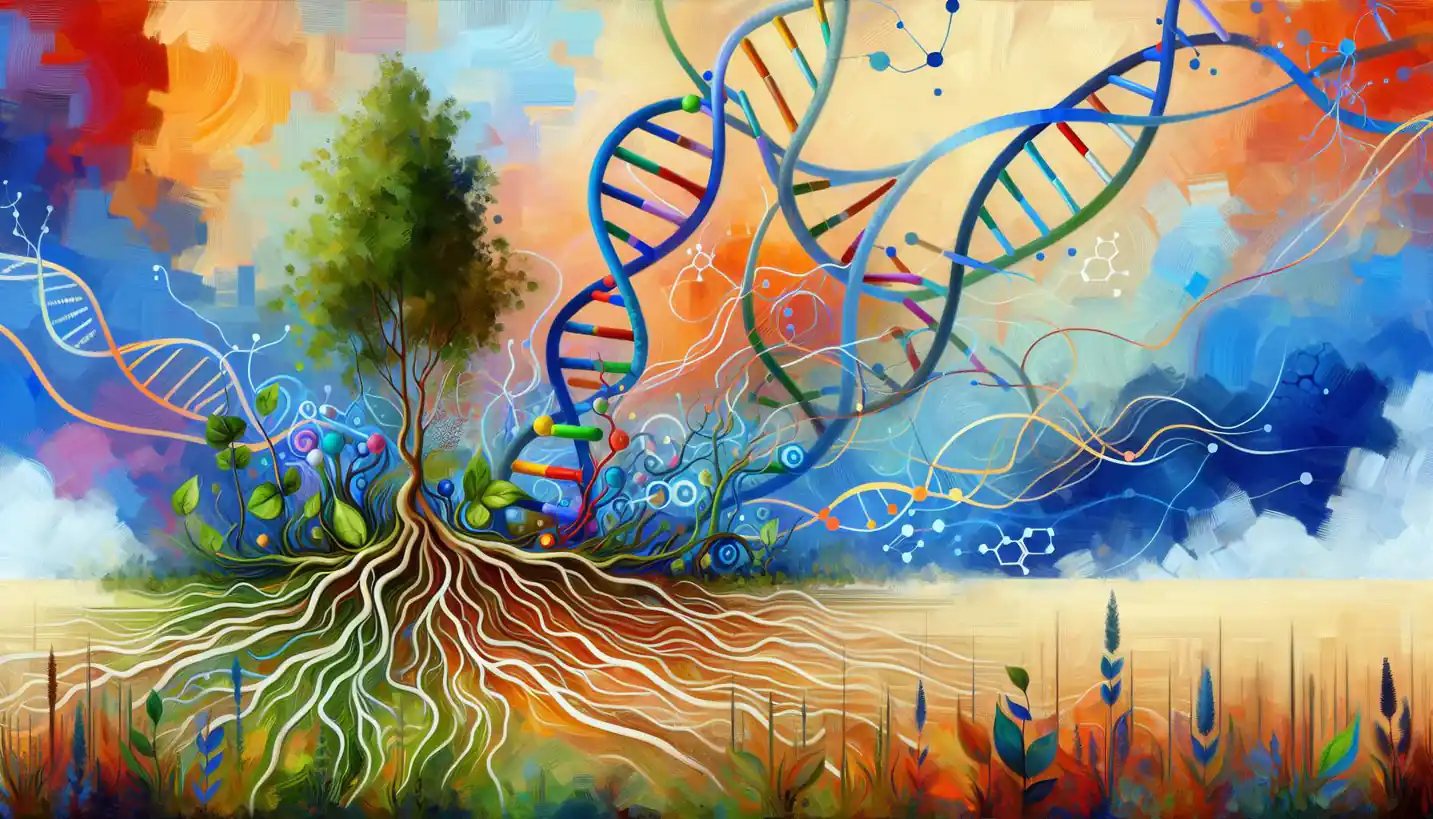
Thermophiles are microbes that thrive in extreme heat. Delve into the world of these hardy organisms that love hot environments.

Ecosystem services provide crucial benefits like clean air and water. Discover how these often-overlooked services are essential for human well-being.

Parasitic zoonosis involves parasites that move between animals and humans, causing varied health impacts. Explore this fascinating interaction between species and parasites.

Understanding heterozygosity reveals how genetic diversity is maintained, shaping both individuality and species survival.

A viable virus is one that can survive and spread, outwitting the environment and host defenses to continue its lifecycle.

Cryptic coloration helps animals blend seamlessly into their surroundings. Discover the techniques that make them elusive hunters or prey.

Cnidocytes are specialized cells used by certain sea creatures for defense. Learn how these stingers protect and capture prey.